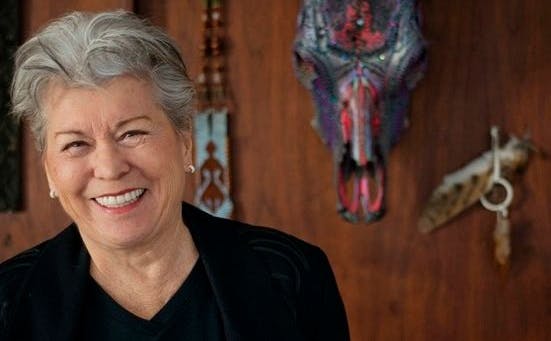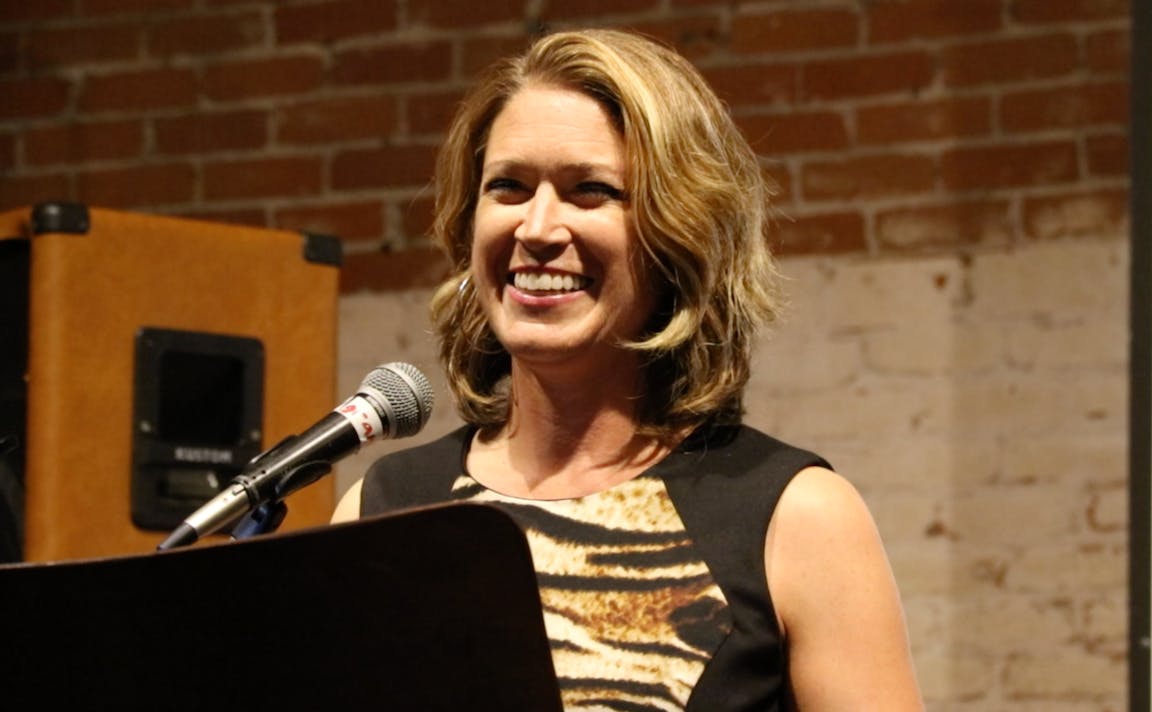The History of Pornography
The History of Pornography
Like lots of my Millennial generation who grew up with internet at home, I’ve had an active relationship with the medium, and, by the time I reached the age of eighteen – the age at which viewing pornographic material becomes legal in the UK – I’d seen plenty of sex online, all of which fell into the broad category of mainstream free (or ‘tube’ site) porn. As a teen, I’d also surreptitiously pick up porno magazine from top shelf magazine racks in newsagents and flick through, out of general curiosity. I never go so far as to watch a porno on DVD, but knew that they existed.
By the time I reached my twenties, I reckon that I’d seen every conceivable sex act either depicted in a magazine or performed online. However, I began to feel like my own varied, and constantly evolving, fantasies, desires and preferences were very, very different from the often harmful sexual dynamics depicted in the porn I’d seen.
Then, due to my work within the sexuality education sector, which began with the launch of my very own sexual health and erotica project, ‘Kayleigh Daniels Dated’ in 2018, I’d come across a whole wealth of explicit material through engaging with educational content created by and for this new professional peer group I now found myself part of.
Lots of this newly discovered explicit material didn’t look like the arguably pretty harmful porn I’d gotten used to and become desensitised by. Instead, many of these videos had a decidedly art house vibe, with a focus on aesthetics and cinematography. Since the pandemic, OnlyFans, the internet content subscription service has seen a massive boom and really opened up the market because anyone over the age of 18 can create an account to sell explicit content, which can be made from home.
All of these development are really fascinating and I’ve have attended many events, film festivals and workshops which aim to critically engage with the medium of pornography in nuanced terms on a mainstream cultural level. Along the way I’ve made connected with creatives, healthcare professionals and sex workers and scholars who are all working to open up the dialogue.
One such connection is Professor Kathleen Lubey at St John’s University, New York. Professor Lubey teaches and researches in the fields of the British eighteenth century and the history of pornography. She is also currently Interim Director of the University Writing Center and her forthcoming book What Pornography Knows: Sex and Social Protest Since the Eighteenth Century will be published by Stanford University Press in September 2022.
I chatted to Professor Lubey about the history of pornography.
Almaz Ohene: What do you think is the oldest example of pornography?
Professor Katheen Lubey: What I would count as the first example of pornography would be some early 16th century poems in sonnet form that were written by Pietro Aretino in Rome. I would call them pornography because they involve poetic descriptions that accompanies a series of erotic drawings of postures. There are 16 of them and most of them are in the form of a dialogue between a courtesan and her client. Some of them are about things that feel good. And some of them are like, complaining about the logistics of like changing positions or not.
And then in 1749 English novelist John Cleland published a booked called Memoirs of a Woman of Pleasure (popularly known as Fanny Hill) which is about a sex worker describing all of the men – and some women – she has sex with.
‘The Swing’ (also known as ‘The Happy Accidents of the Swing’) is a 1767 oil painting by French Rococo painter Jean-Honoré Fragonard. It features a young woman lavishly dressed in, beautiful silk dresses and petticoats. And there’s a young man looking up her skirt as she swings in a garden. So, it isn’t pornographic in the sense that it shows penetrative sex, but it’s very suggestive and fun.
And then once the camera had been invented, in the nineteen-century people started photographing things that they thought might arouse. There’s an archive here in Indiana in the US, called the Kinsey Institute, that I've worked with, they have a large collection of Victorian-era pornographic photographs of men, women, and sometimes children. And what that collection also shows is that there weren’t child protection laws yet. So many of the subjects are actually children, right alongside adults, just because those distinctions and protection that we have in place today didn’t exist back them. These are more studies of the body in terms of style but they’re still a bit uncomfortable to look at.
The first pornographic film to reach a mainstream audience was Deep Throat in 1972, written and direction by Gerard Damiano and starring Linda Lovelace. It was premiered a movie theatre in Times Square New York.
Almaz Ohene: At which point in history did pornography become professionalised and why?
Professor Katheen Lubey: Political satire was a major reason for pornography being circulated. In the 17th century in England, Charles the second was lampooned by pornographic poems being written about his mistress and things like that. And for the French in eighteenth century, it was a way to make fun of priests, and the Church as a whole. But we first can identify a market for something called pornography in the middle of the 19th century in London, England. The printers that were collecting in the Charing Cross area and also had bookstores that were known for selling radical literature and pornographic literature.
And then in the Golden Age of Porn ear from the 1970s to the mid- 1980s in the US, that’s when studios were giving contracts to performers, so that’s when sex workers became professionalised. But I think the real golden age of professionalisation is right now with sex worker radicalism and all of the collective politics around trying to decriminalise sex work. This is so important.
Almaz Ohene: So, do you feel that the concept of consuming pornography has become more acceptable to society over the centuries?
Professor Katheen Lubey: I think it’s become increasingly identified as a particular ‘thing’ that’s wrong. In earlier historical eras, it was much more like other things people did so right. To give an example; Fanny Hill, that pornographic novel from the 1700s, that wasn’t sold in a separate section of a bookshop, right? That was beside moral novels, written by Samuel Richardson and it would have been considered reading, like other reading matter. So, it’s a real distortion of history to assume pornography has always been vilified because that just simple wasn’t the case.

GET A FREE MOVIE











